Full text
PDF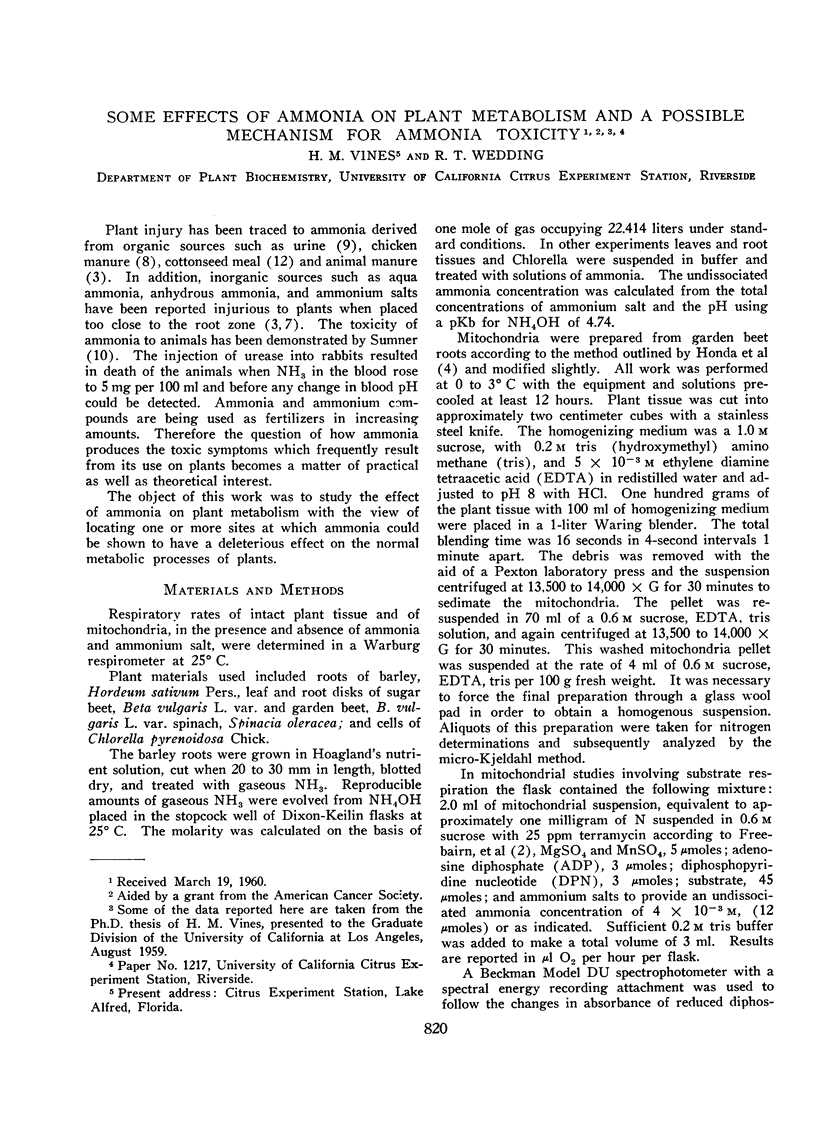
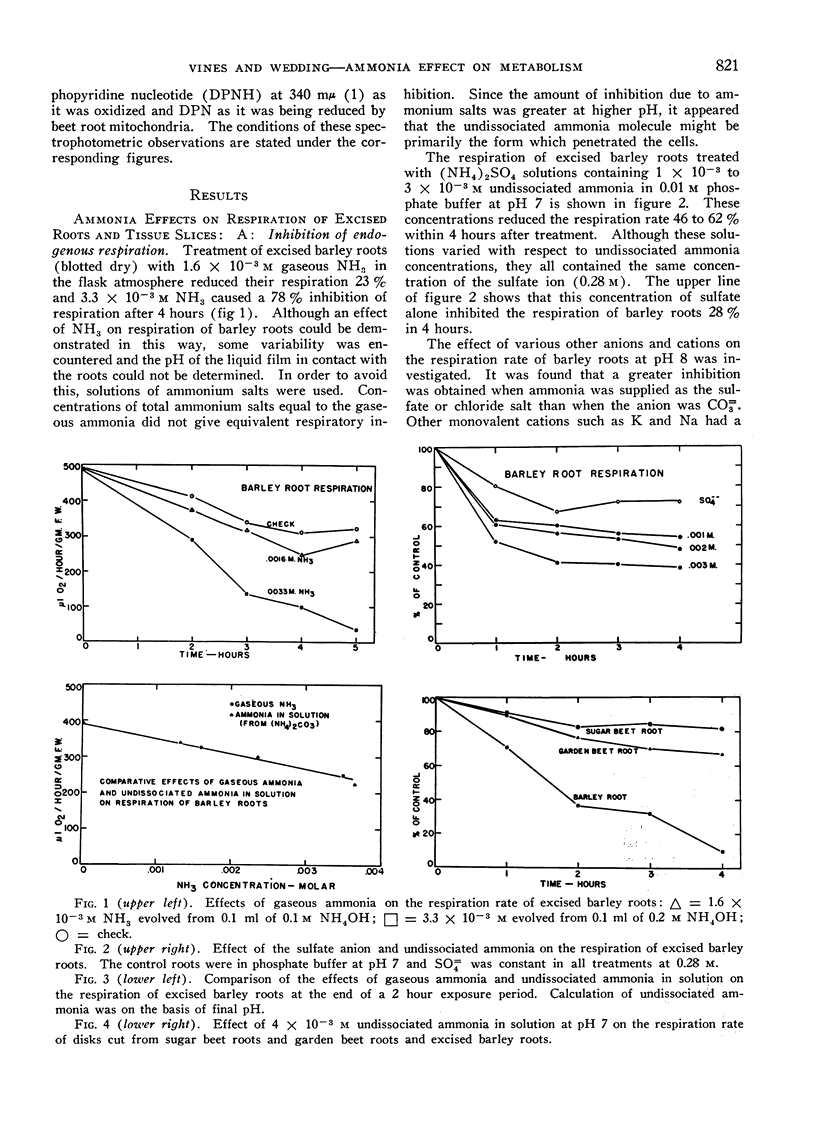
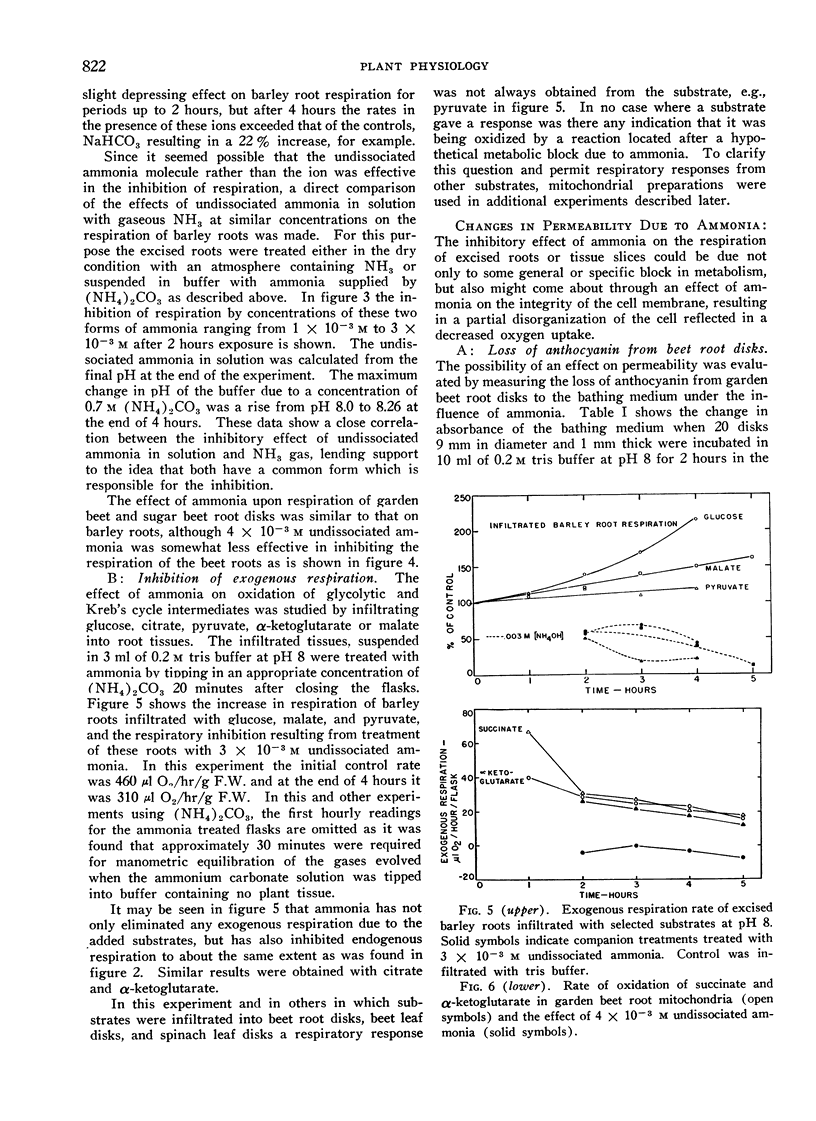
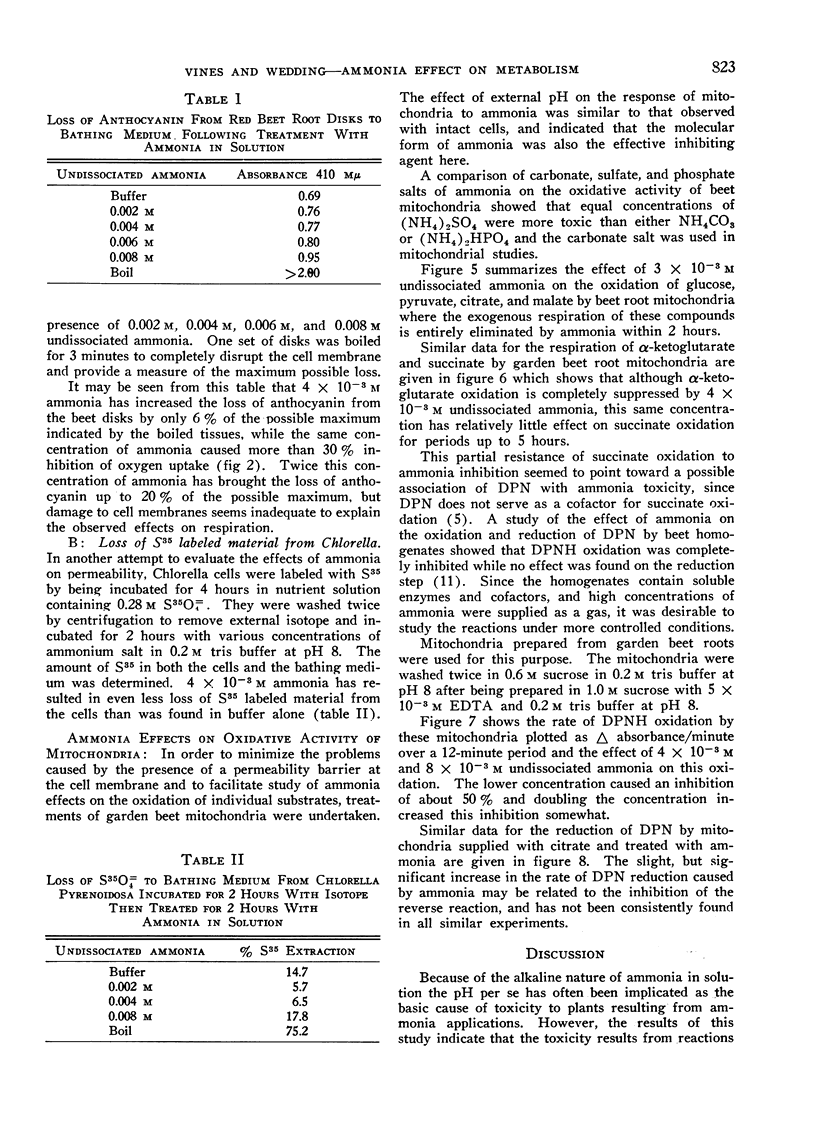
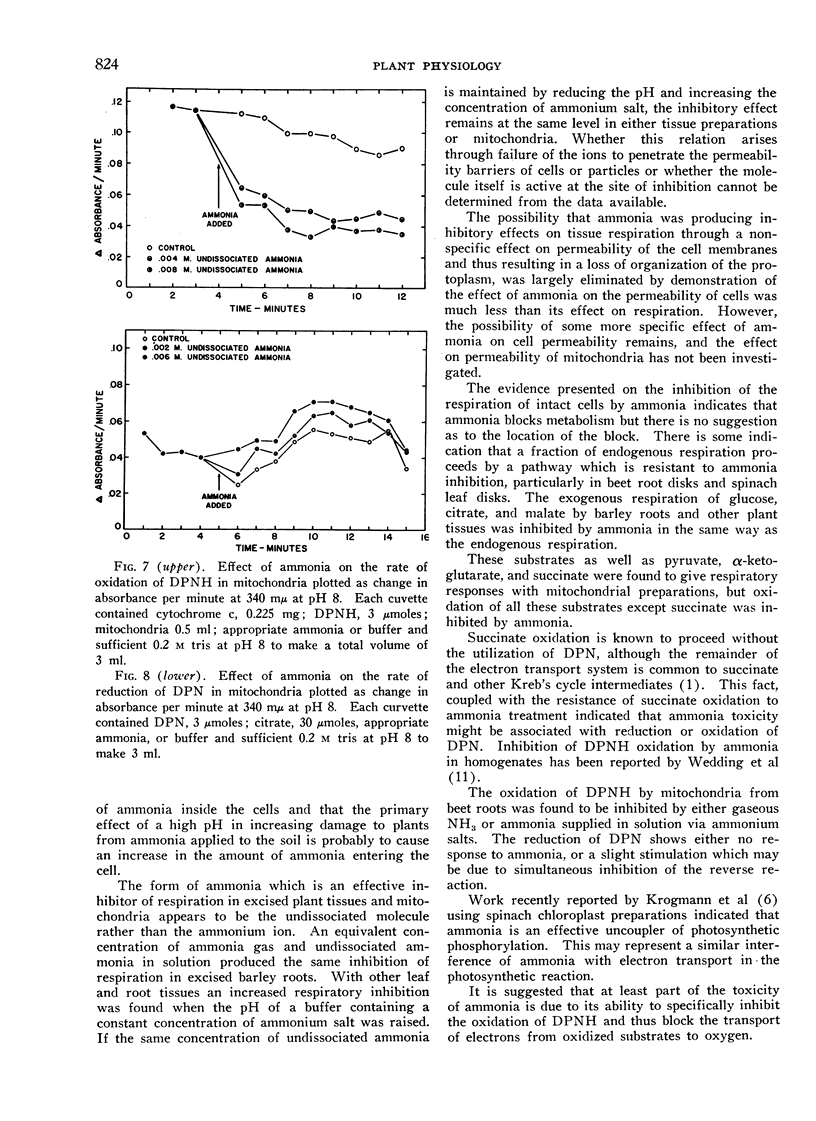
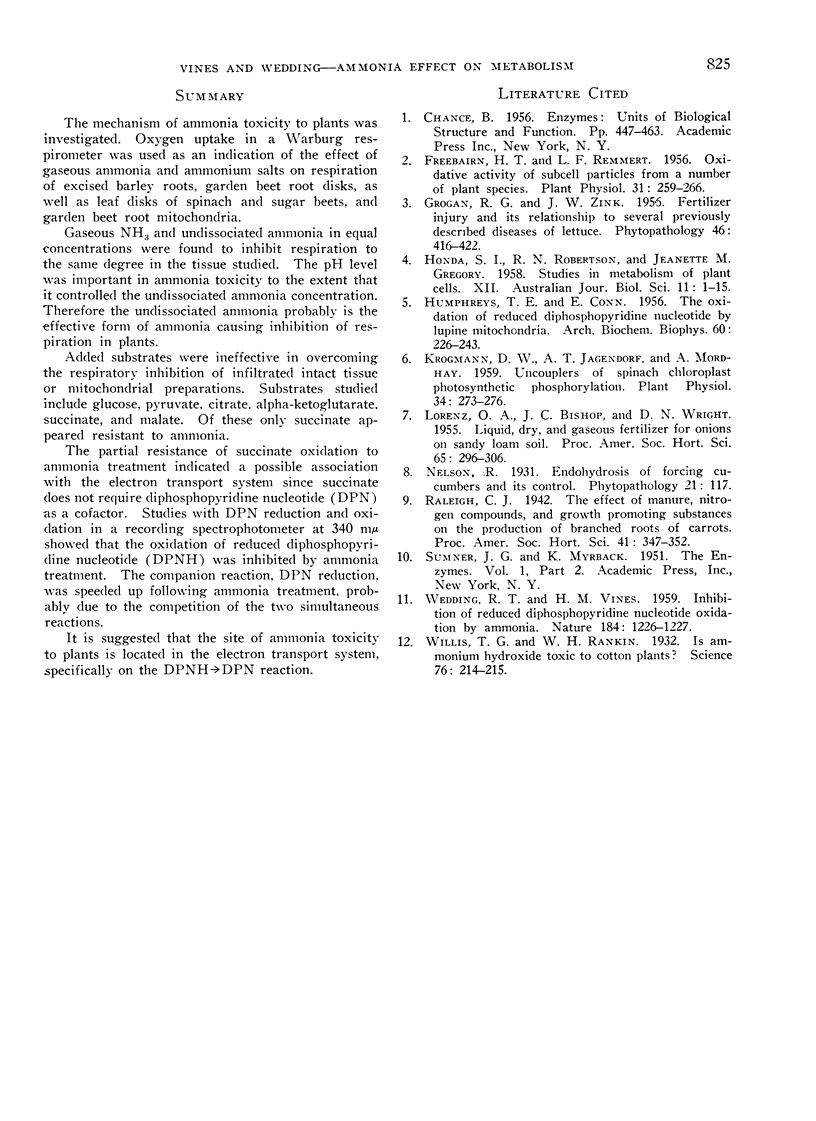
Selected References
These references are in PubMed. This may not be the complete list of references from this article.
- Freebairn H. T., Remmert L. F. Oxidative Activity of Subcell Particles from a Number of Plant Species. Plant Physiol. 1956 Jul;31(4):259–266. doi: 10.1104/pp.31.4.259. [DOI] [PMC free article] [PubMed] [Google Scholar]
- HUMPHREYS T. E., CONN E. E. The oxidation of reduced diphosphopyridine nucleotide by lupine mitochondria. Arch Biochem Biophys. 1956 Jan;60(1):226–243. doi: 10.1016/0003-9861(56)90413-1. [DOI] [PubMed] [Google Scholar]
- WEDDING R. T., VINES H. M. Inhibition of reduced diphosphopyridine nucleotide oxidation by ammonia. Nature. 1959 Oct 17;184(Suppl 16):1226–1227. doi: 10.1038/1841226a0. [DOI] [PubMed] [Google Scholar]
- Willis L. G., Rankin W. H. IS AMMONIUM HYDROXIDE TOXIC TO COTTON PLANTS? Science. 1932 Sep 2;76(1966):214–215. doi: 10.1126/science.76.1966.214. [DOI] [PubMed] [Google Scholar]


